2017 Chevrolet Trax Review: First Drive


CARS.COM — The refreshed 2017 Chevrolet Trax improves important areas that damned the 2016 model into a dead-last finish in Cars.com’s 2015 Subcompact SUV Challenge. A higher-quality interior and new multimedia technologies, including standard Apple CarPlay and Android Auto, boost the Trax’s appeal in the explosively growing class alongside the Honda HR-V, Jeep Renegade and Subaru Crosstrek, among others.
Related: 2017 Chevrolet Trax: First Look
Has the Trax done enough to improve its finish in our comparison? I think so. Chevrolet addressed former failure areas of interior quality and advanced safety technology for 2017, and its multimedia offering shoots the Trax to top of the class in smartphone integration.
How It Drives
I spent a day testing the updated Trax in and around downtown Chicago during a media first drive event. Ironically, the Trax’s driving experience hasn’t changed at all, as the refresh included no mechanical changes, for better or worse. The Trax continues to drive confidently for its small footprint, but its engine remains loud and wheezy, and the short wheelbase makes for a bumpy ride over rough patches of pavement. The 138-horsepower, turbocharged 1.4-liter four-cylinder strained hauling three adult men in my top-level Premier test car with all-wheel drive (the heaviest trim level, weighing 3,340 pounds), though the Trax is peppy enough to get around traffic just fine with just a driver.
Interior
Driving the old Trax didn’t offend us nearly as much as its interior, which historically was low in quality, bland and many years outdated even at its introduction. The Trax was on sale globally well before its debut in the U.S., and it showed. Perhaps the most significant interior update is the all-new dashboard that’s covered in richer materials than before. In the right color combination, like our Jet Black/Brandy test vehicle, the interior is attractive and appears significantly updated with the “Brandy” burnt orange interior accents available on LT and Premier trims. The interior may be improved, but a competitor with class-leading materials like the Honda HR-V has nothing to fear; it’s a class above with soft-touch materials in the backseat as well as the front. The Trax’s backseat remains devoid of anything resembling quality.
I’m slightly disappointed that the instrument cluster is now a traditional analog display. A surprisingly unique inclusion of the previous Trax’s interior was the brightly colored motorcycle-inspired digital speedometer and analog tachometer. The cluster has been tamed into a traditional analog configuration and isn’t done very well: The analog speedometer’s numbers are crammed together and hard to read— does this thing really need a 140-mph scale? There remains an accompanying digital speedometer, but it’s small and not as easy to read as the earlier display.
Multimedia
The Trax is a one-stop shop for those wanting multimedia tech features. The aforementioned CarPlay and Android Auto should be at the top of your must-have car shopping list if you have a compatible smartphone (or will soon) because of their simplicity and comprehensive in-car integration. No other competitor tested in Cars.com’s Subcompact SUV Challenge offers CarPlay or Android Auto as of publication. But wait, there’s more: The Trax now has two USB ports and, like last year, an available 120-volt AC household outlet (LT and Premier trims) and subscription-based 4G LTE connectivity with a Wi-Fi hot spot that’s free for three months.
Safety
New advanced safety technology is optional for 2017, and both packages are affordable. A Driver Confidence Package on the LT includes blind spot monitoring, rear cross-traffic alert and rear parking sensors for $495; this package is standard on the Premier. The Driver Confidence II Package is optional on Premier trims only for $295 and includes forward collision warning and lane departure warning, though they are just warnings without automatic emergency braking or course correction, respectively. (Some competitors, including the Crosstrek with the EyeSight option, include automatic emergency braking.) The Trax’s collision alert is adjustable with a button on the steering wheel that lets you choose the distance at which the alert sounds. Neither collision warning nor lane departure warning posed many false alarms and both features were extremely livable even in the hyperactive traffic in and around Chicago.
Value in its Class
I have little doubt the Trax would fare better than last place in our Subcompact SUV Challenge if it had the extra features and niceties of the 2017. The improvements don’t come free, and with the LS front-wheel drive starting at $21,895 (including destination), pricing has increased by $255 to $870 depending on trim level. The former LTZ is now called Premier, though you’re not paying more for nothing considering the increased standard feature content on the Premier like the multimedia and safety features. Midlevel LT trims see the lowest increase ($255) and are the likely volume sellers. The extra cost comes with tangible improvements usable in everyday driving, but even with all of the 2017 Trax’s improvements, it would have been a tough road to a podium finish.

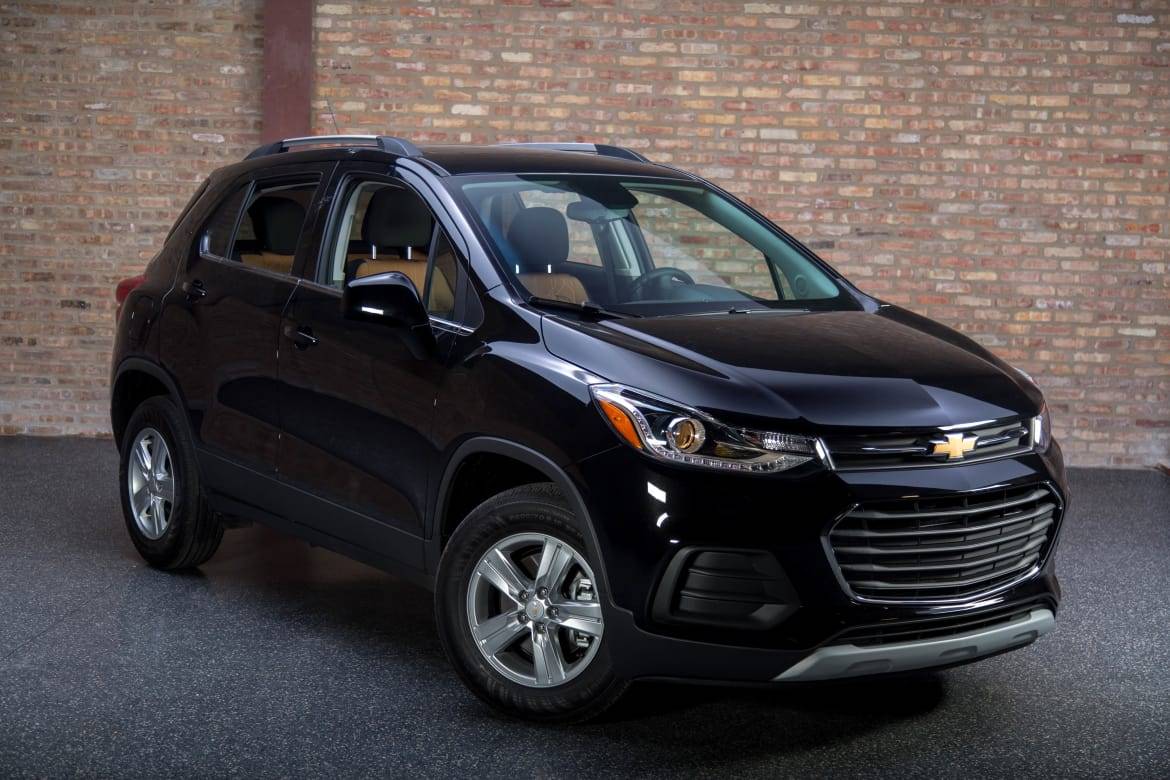
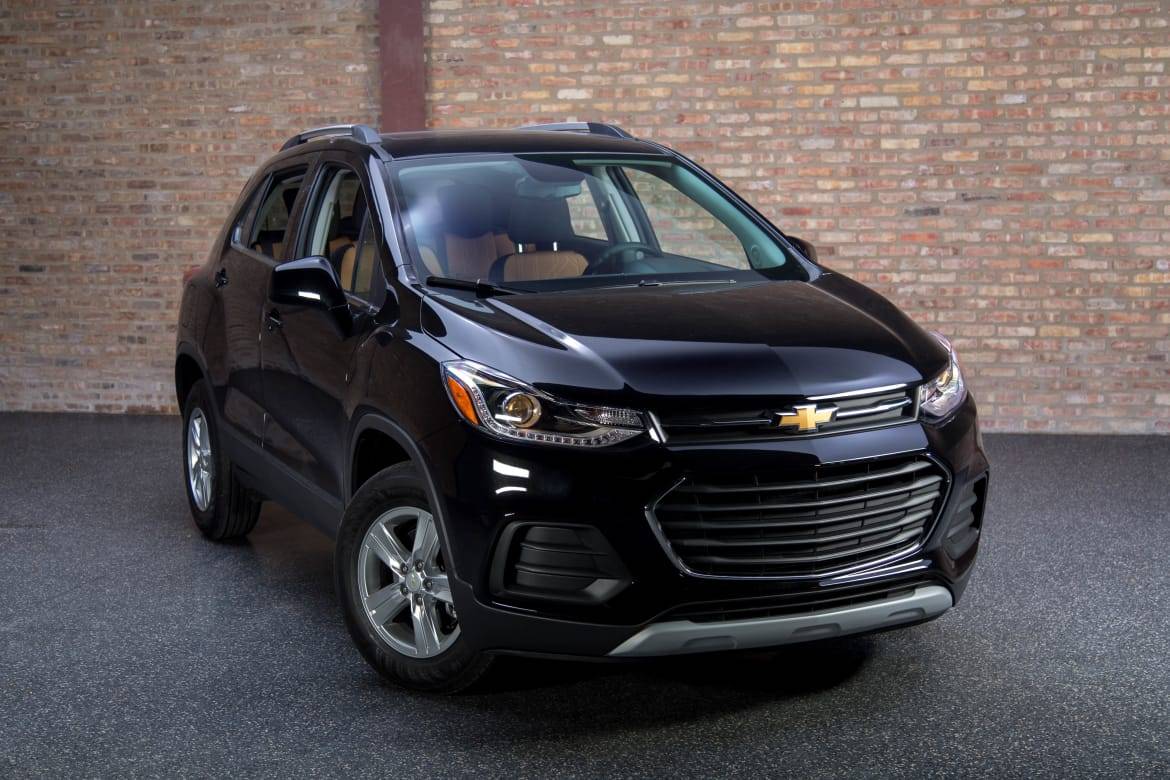
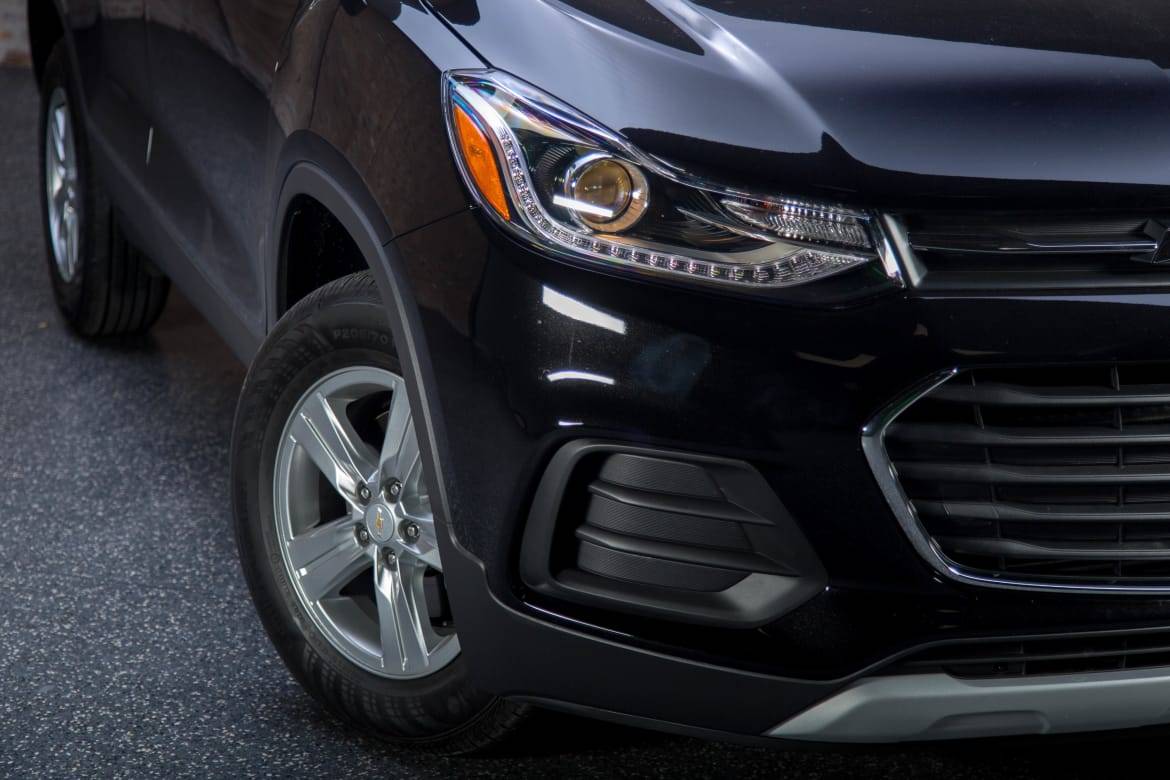
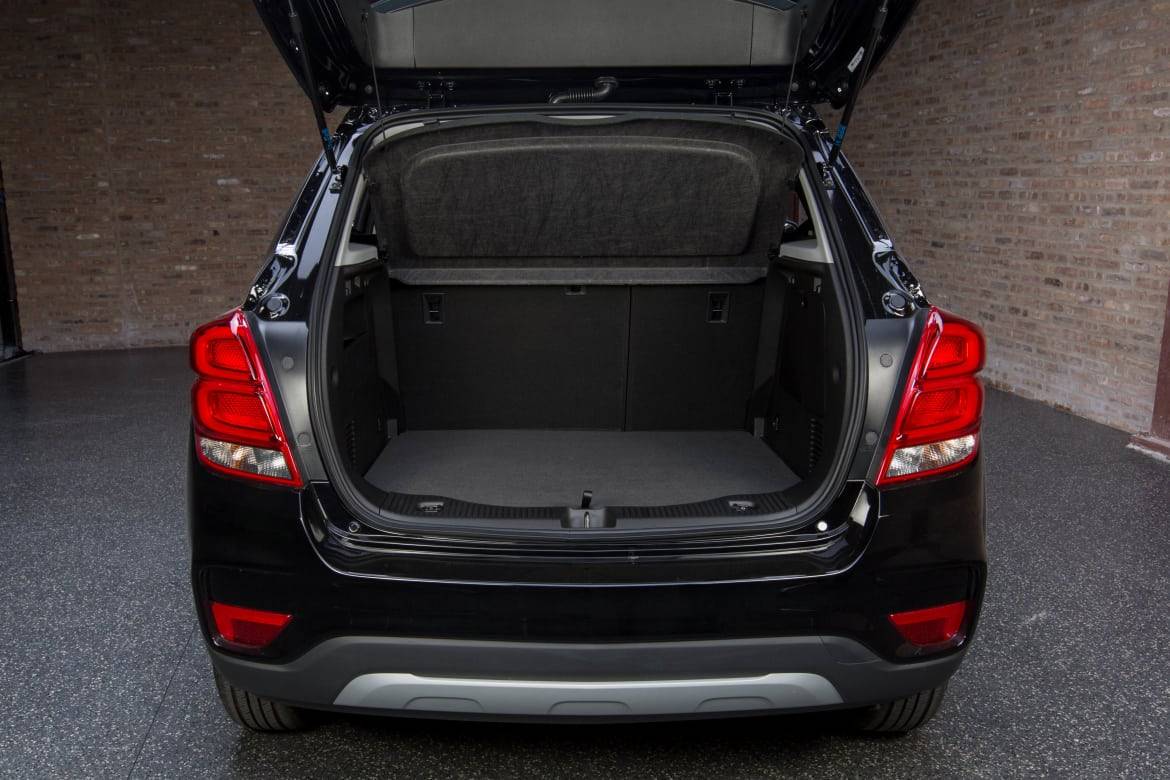
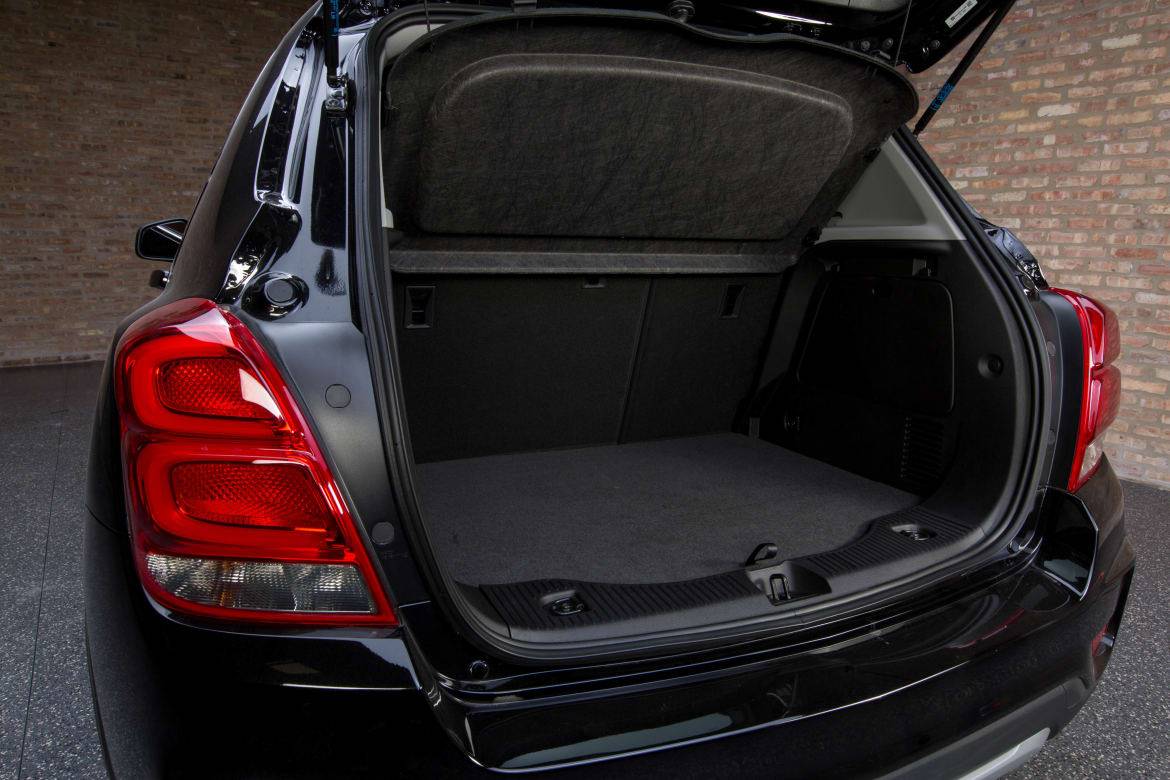
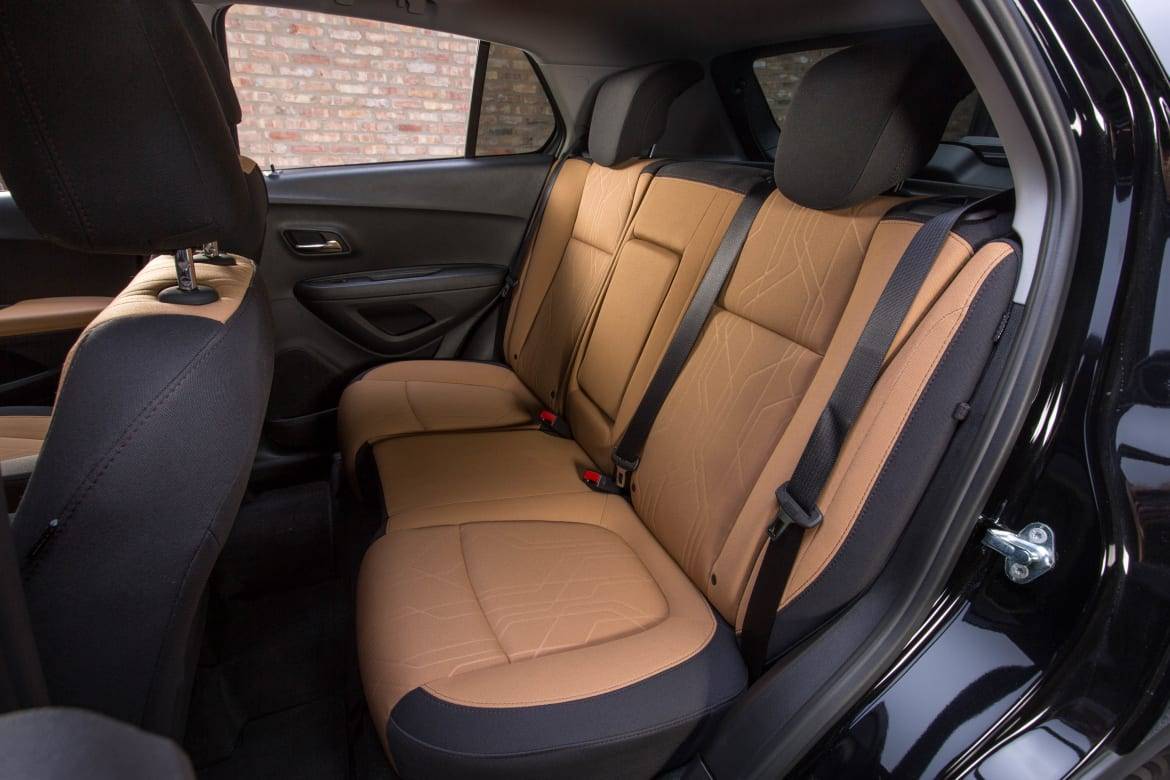
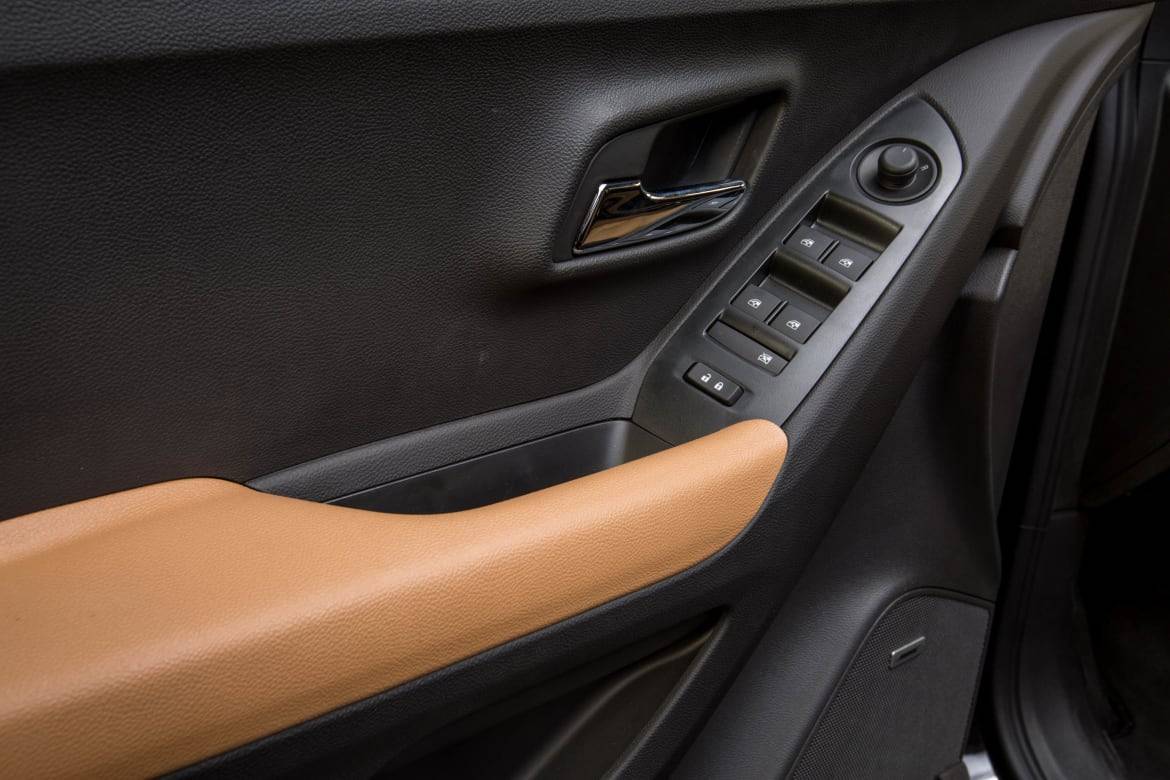
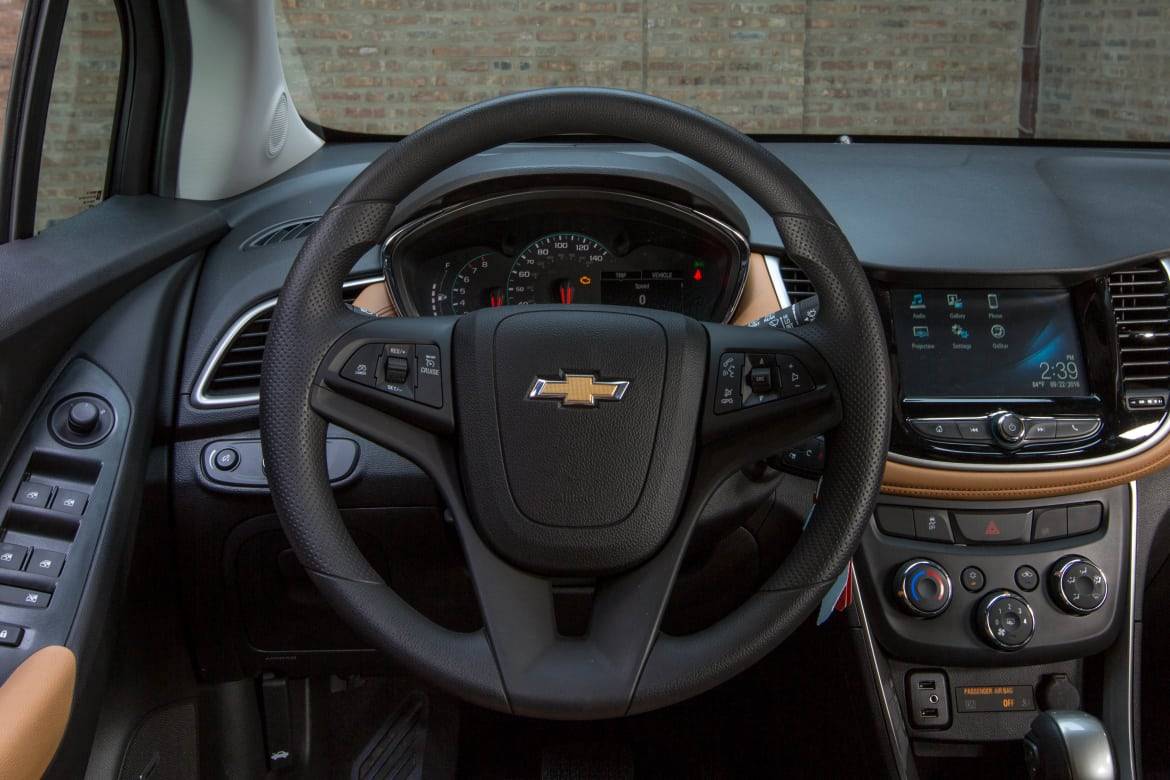

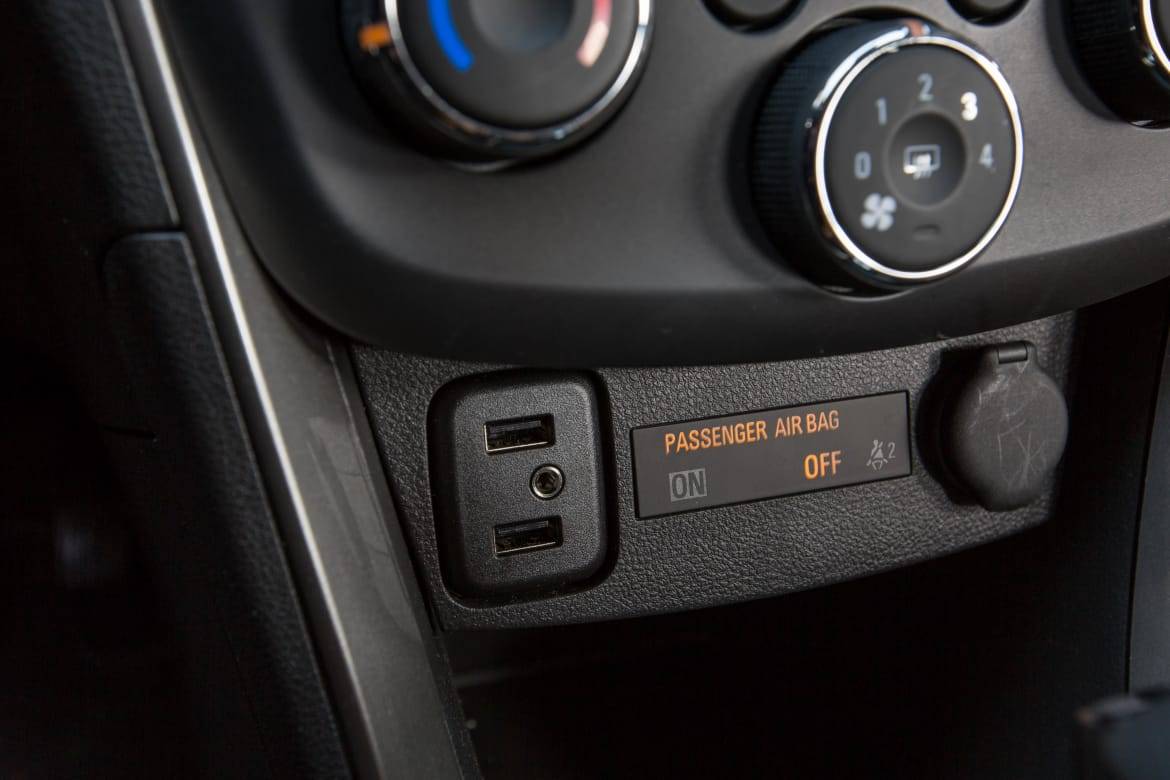
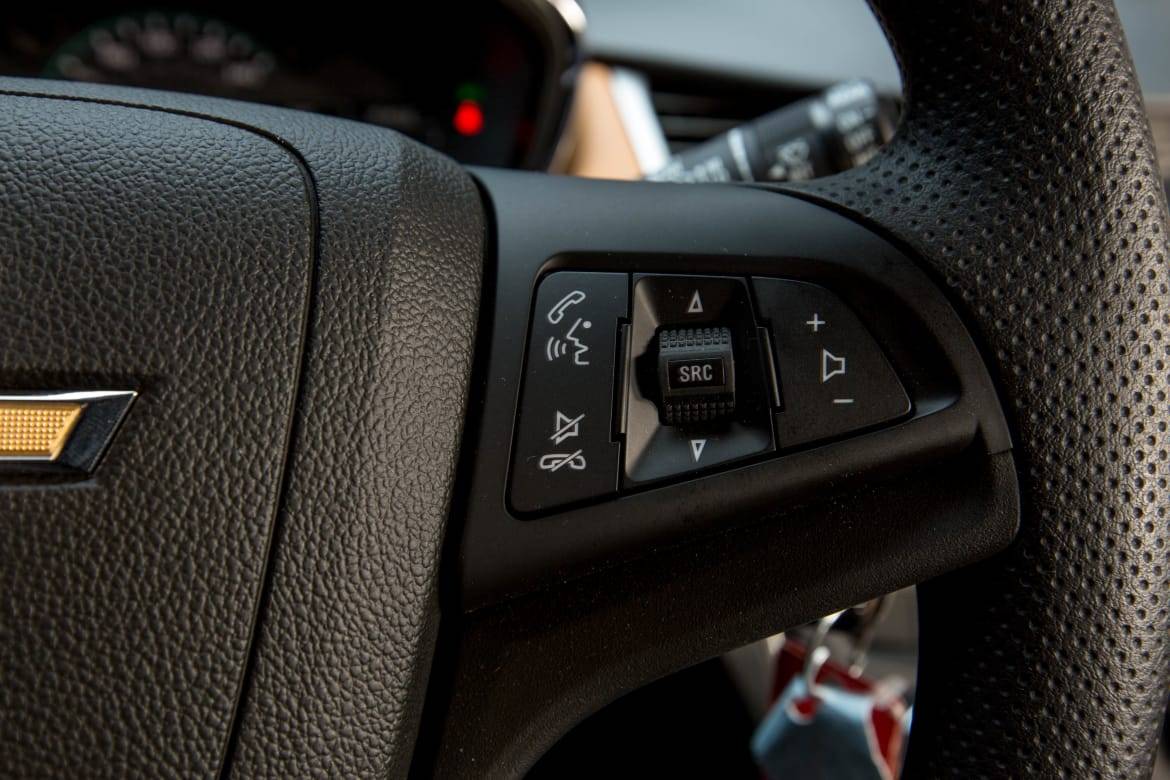

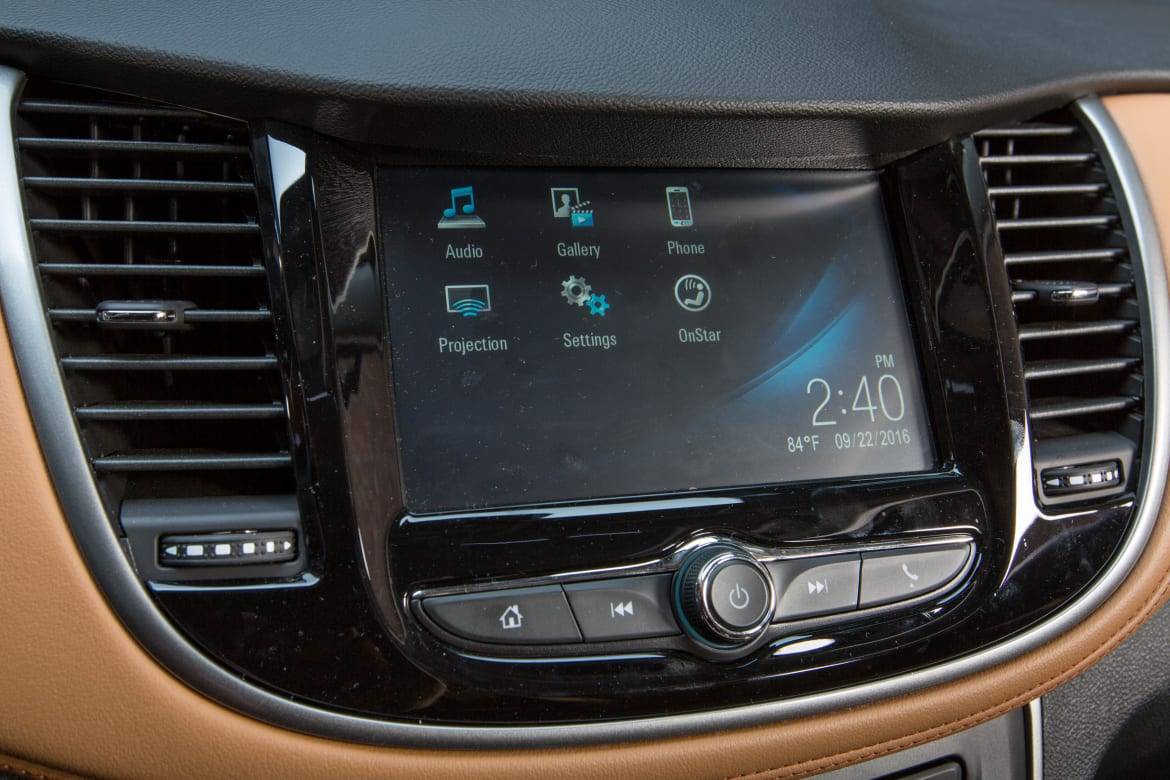
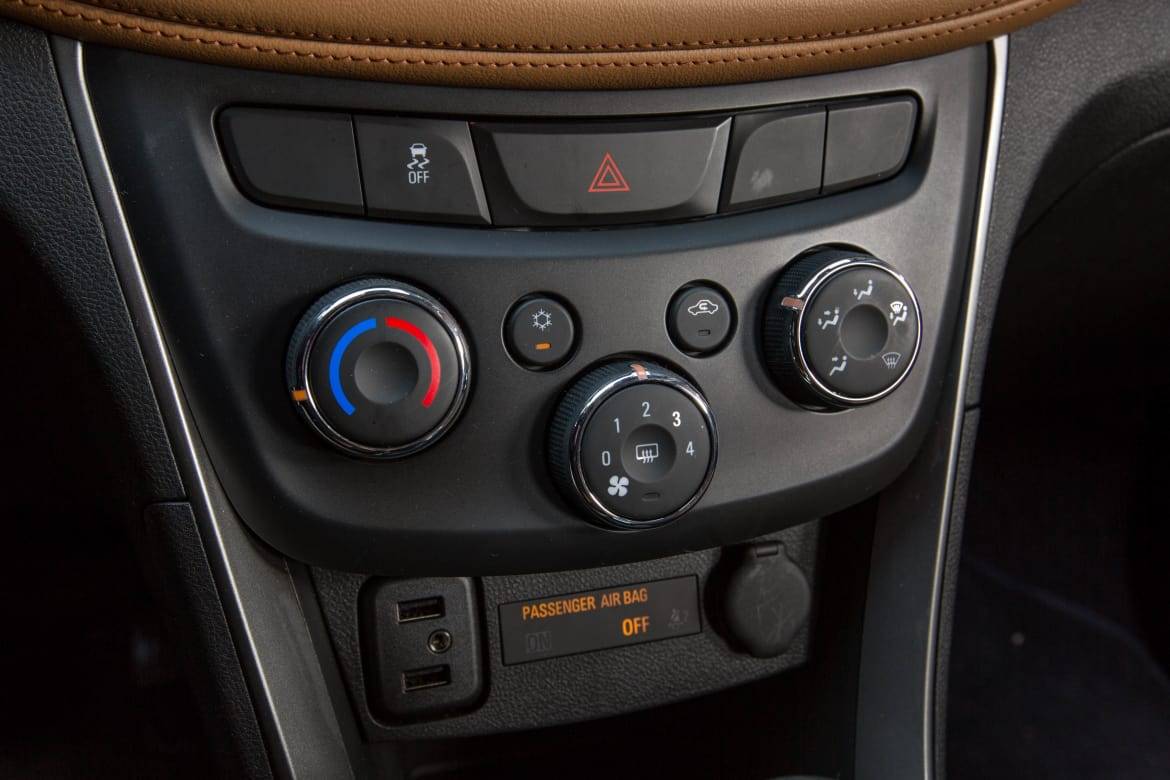
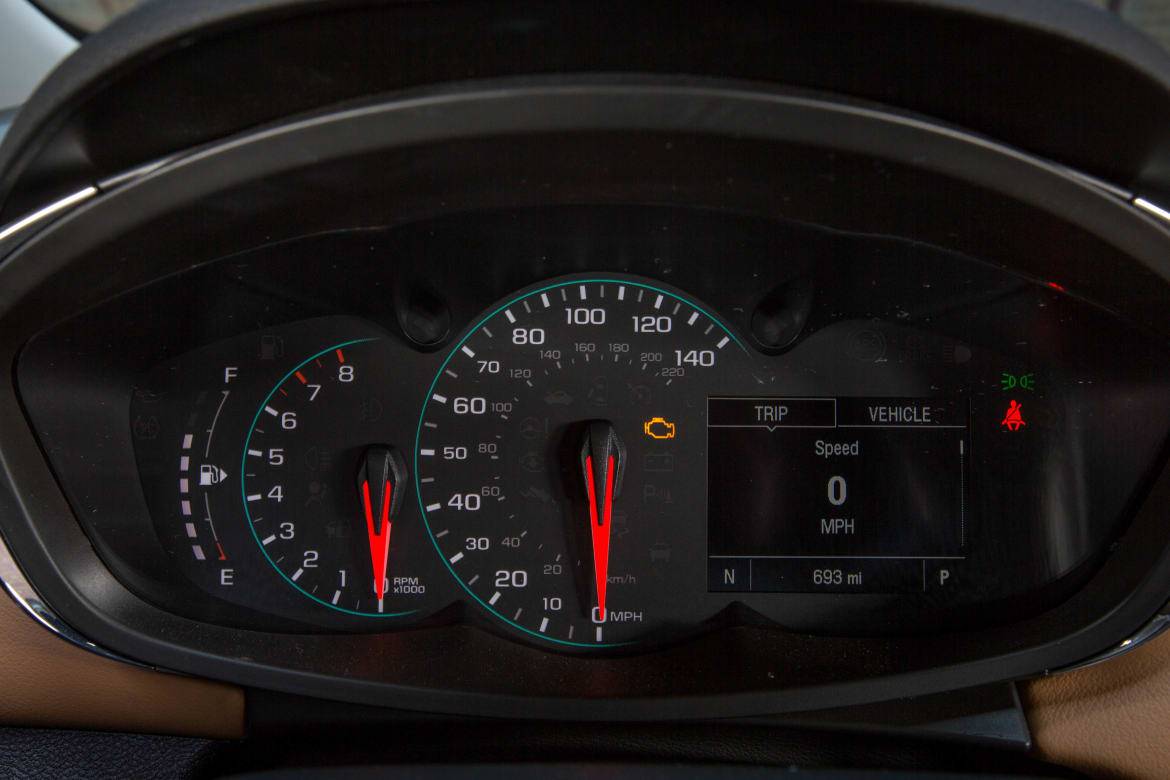
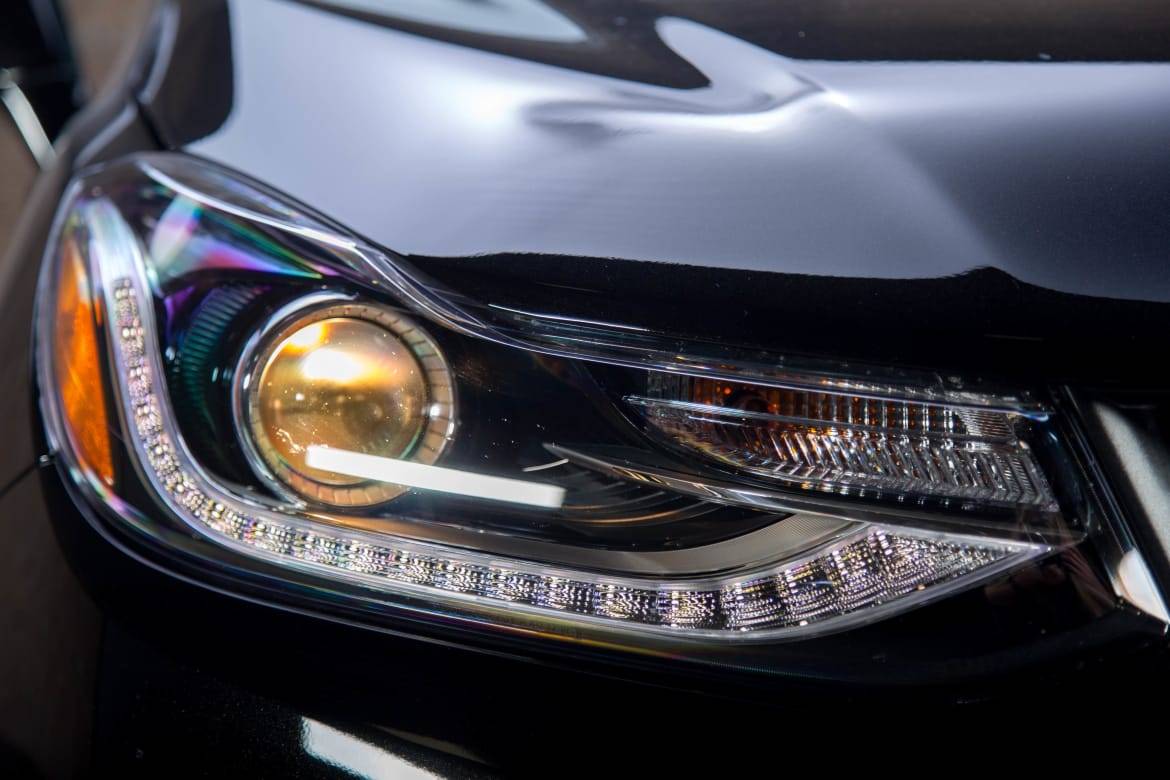
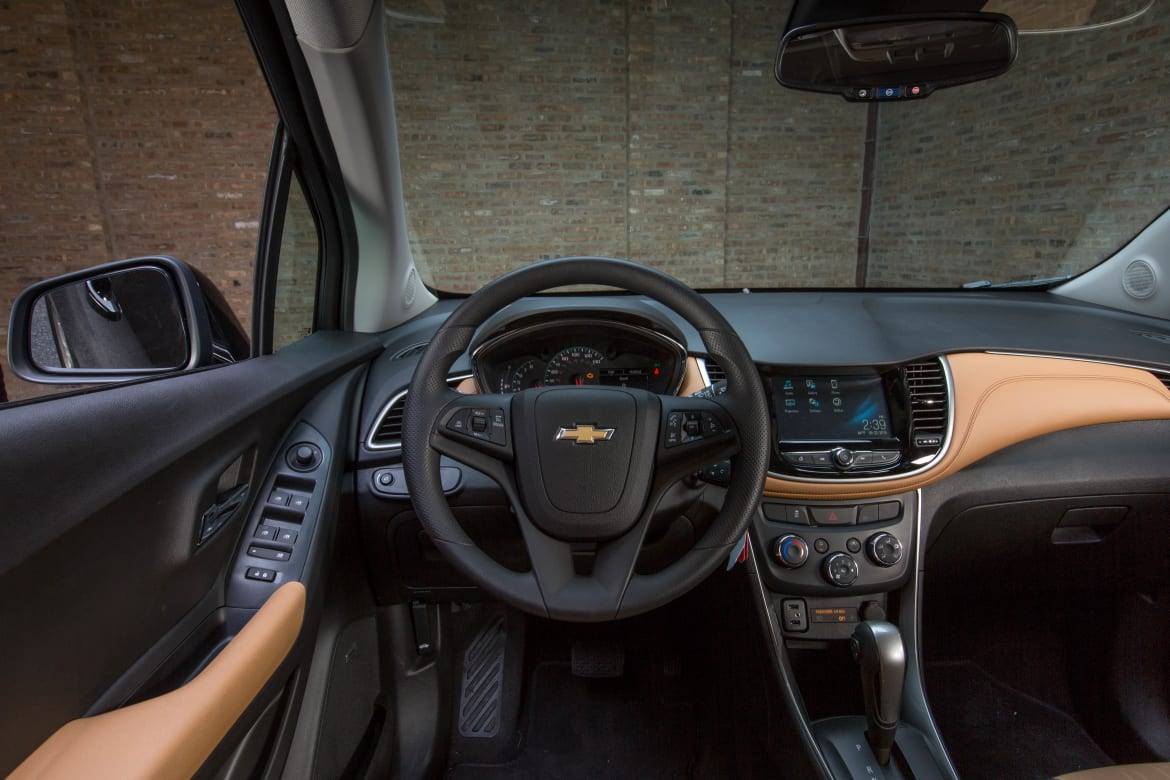
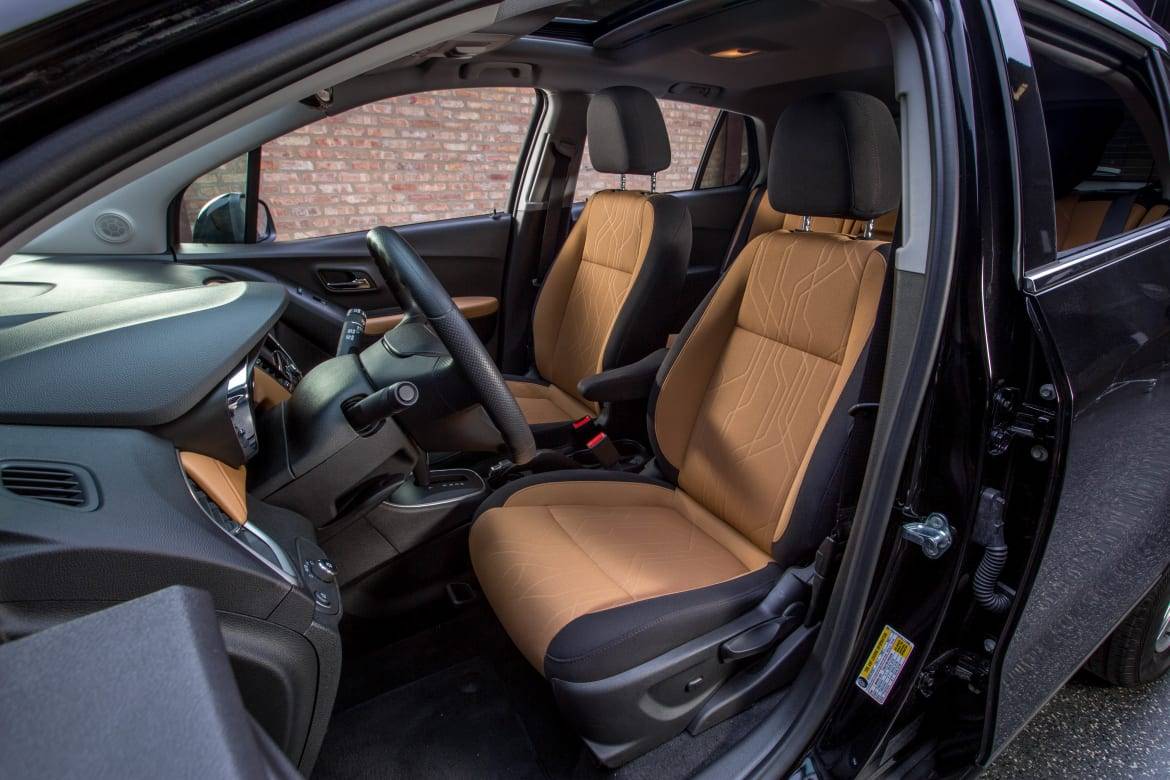

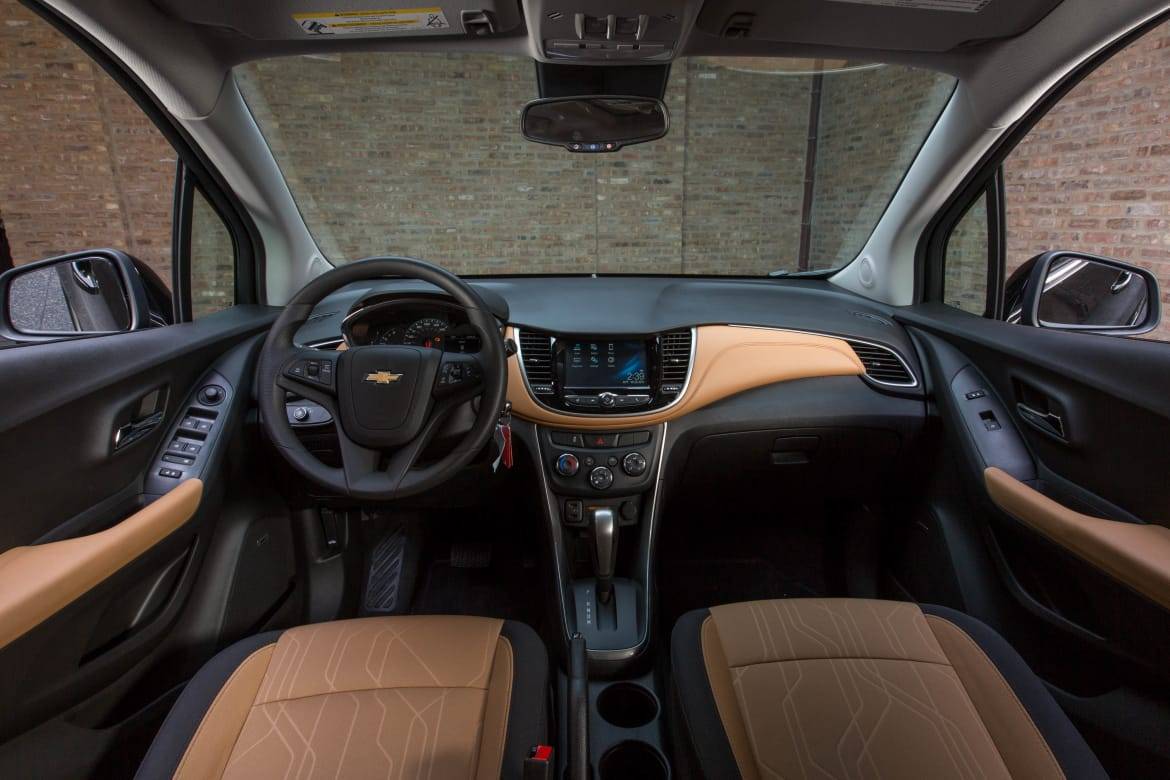
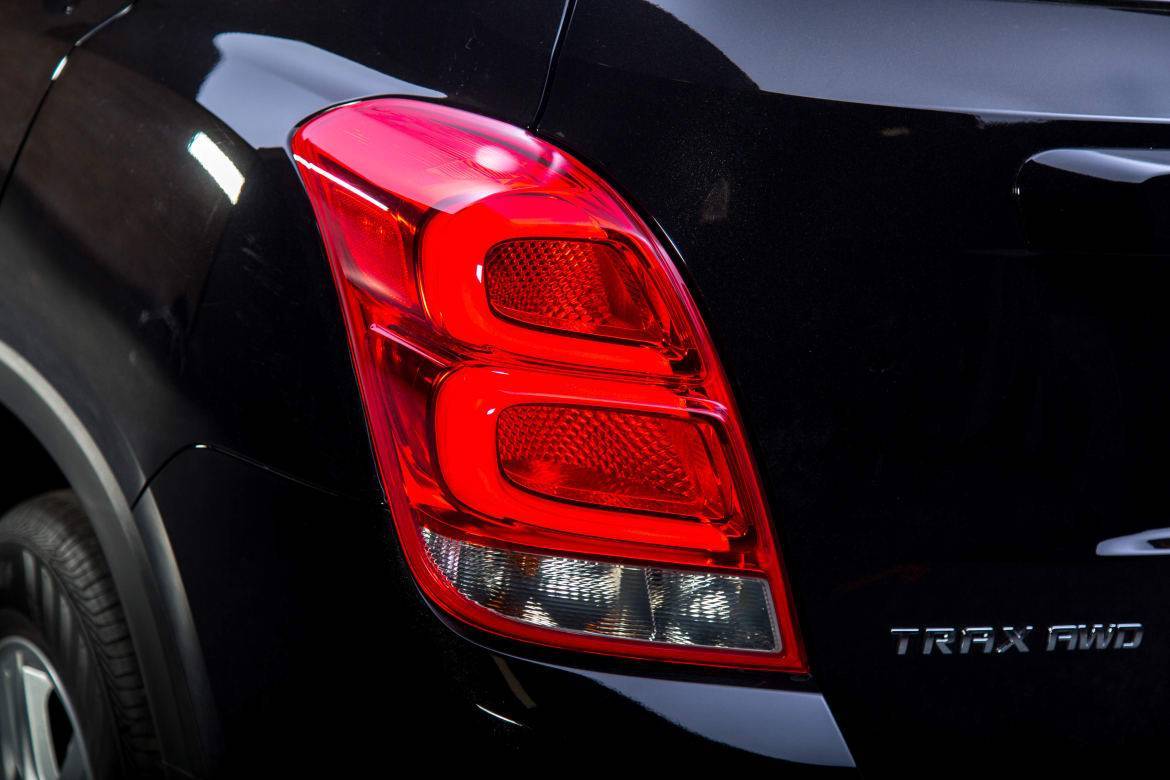
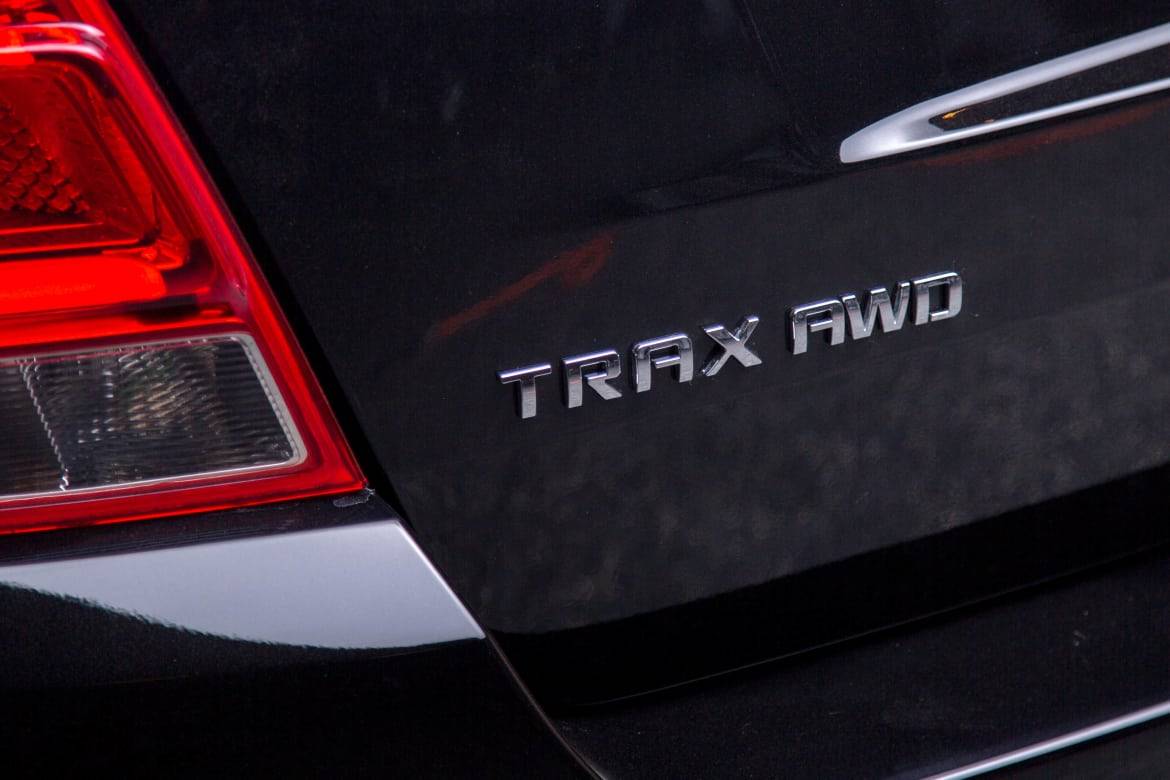

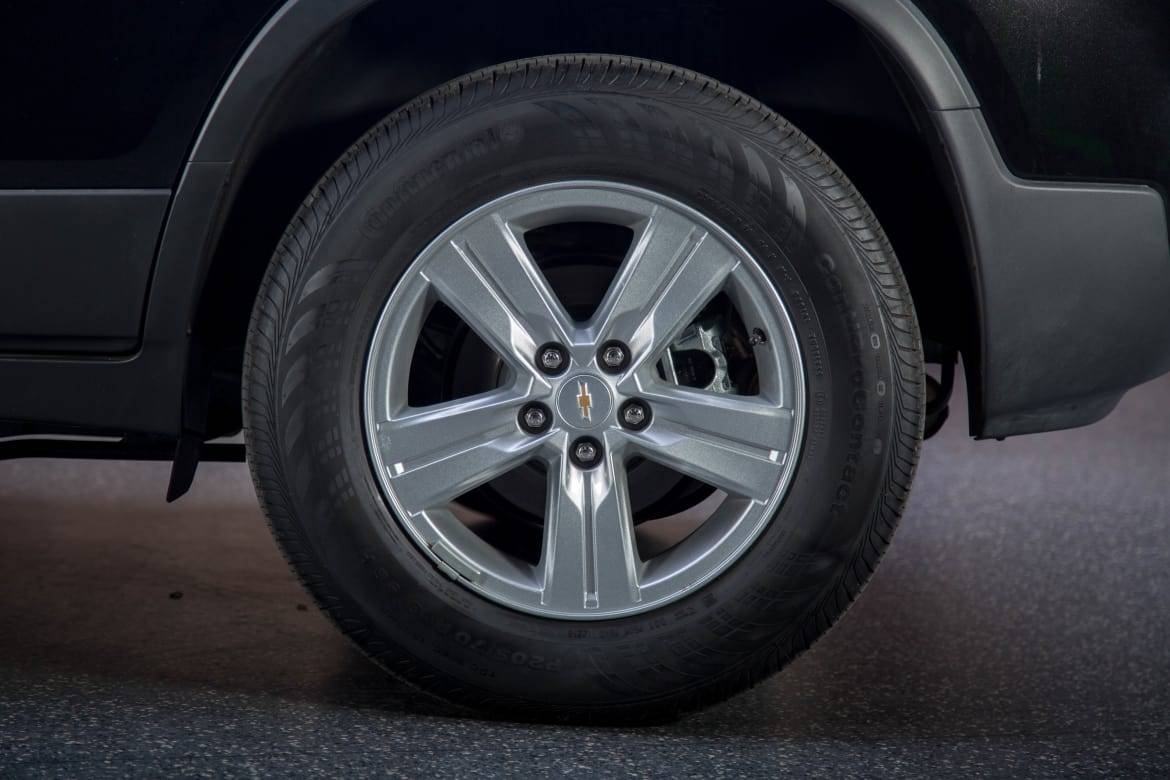
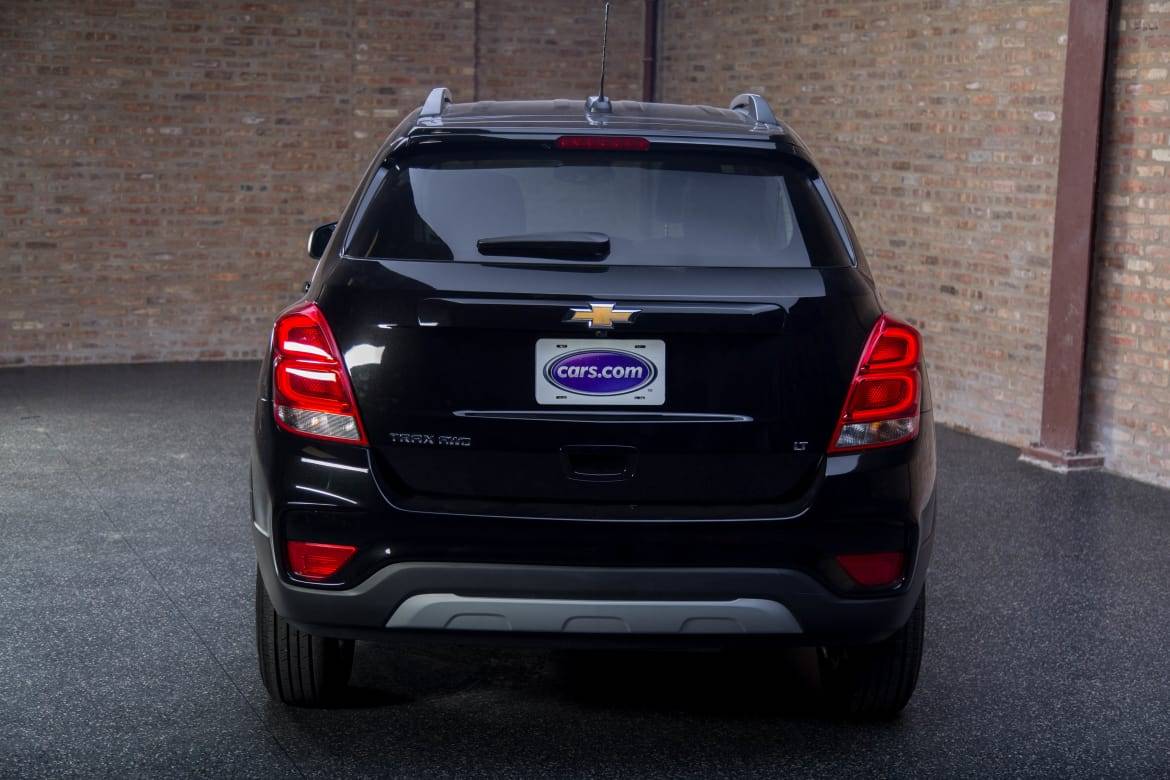
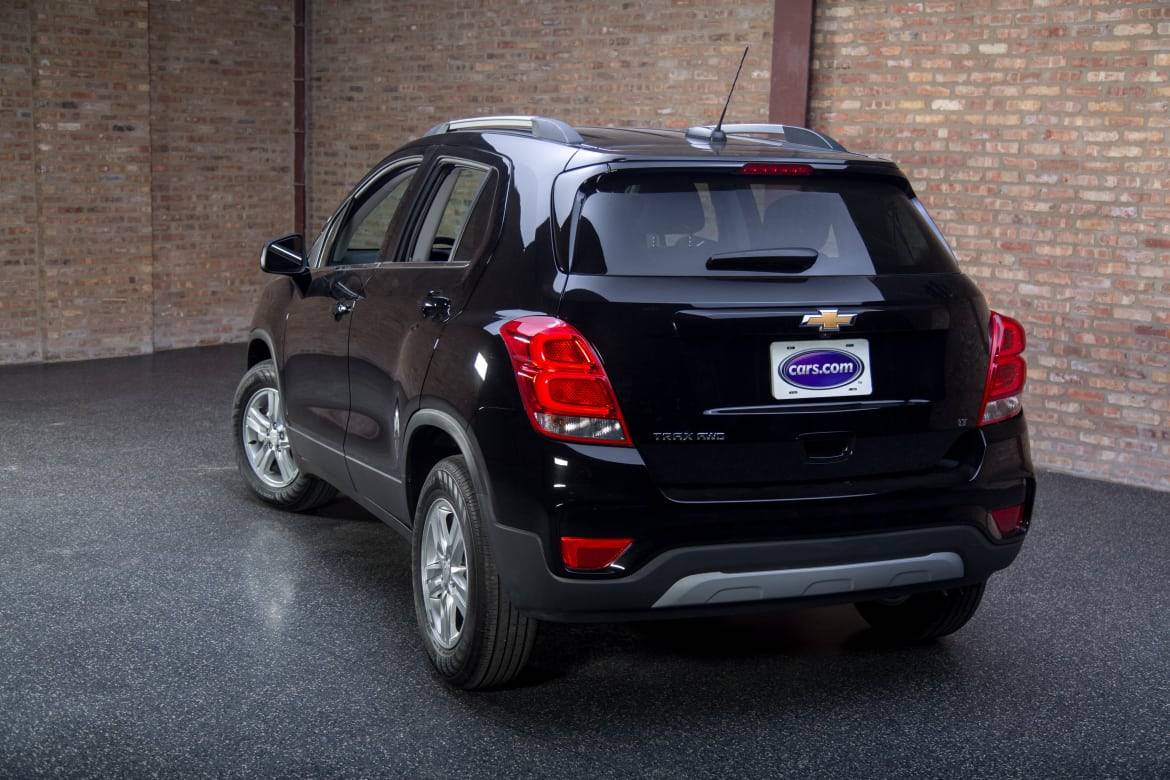
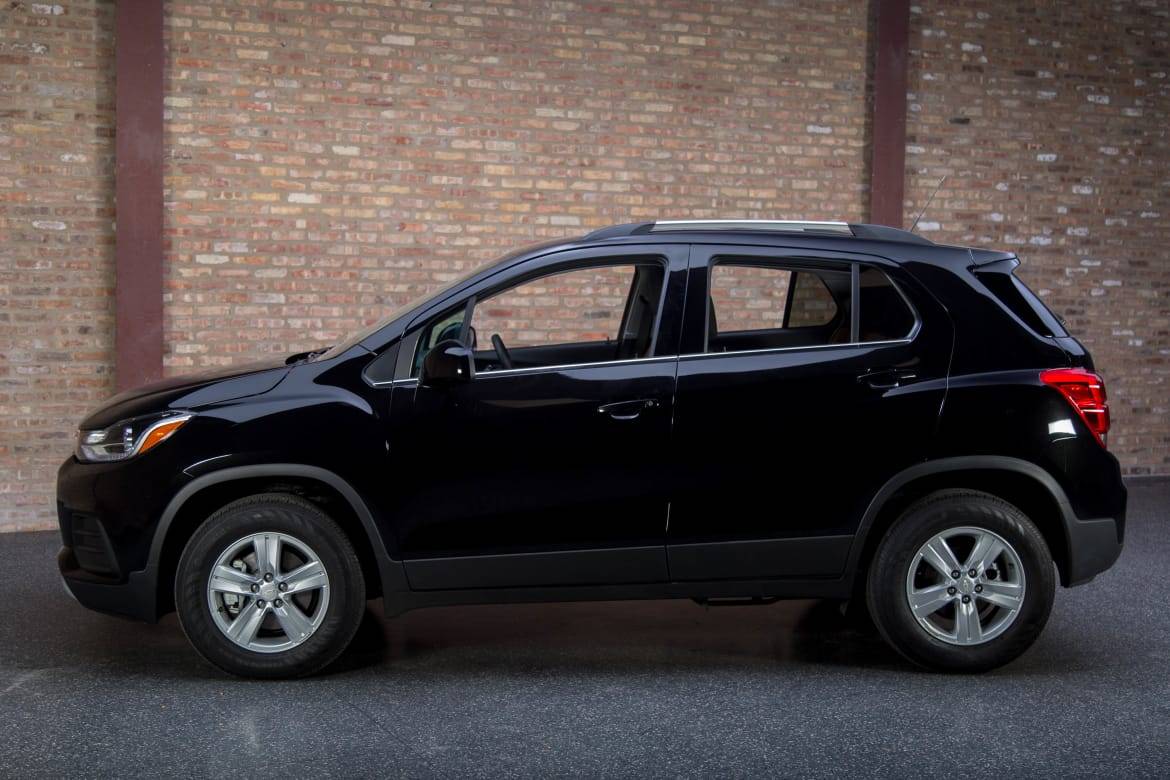

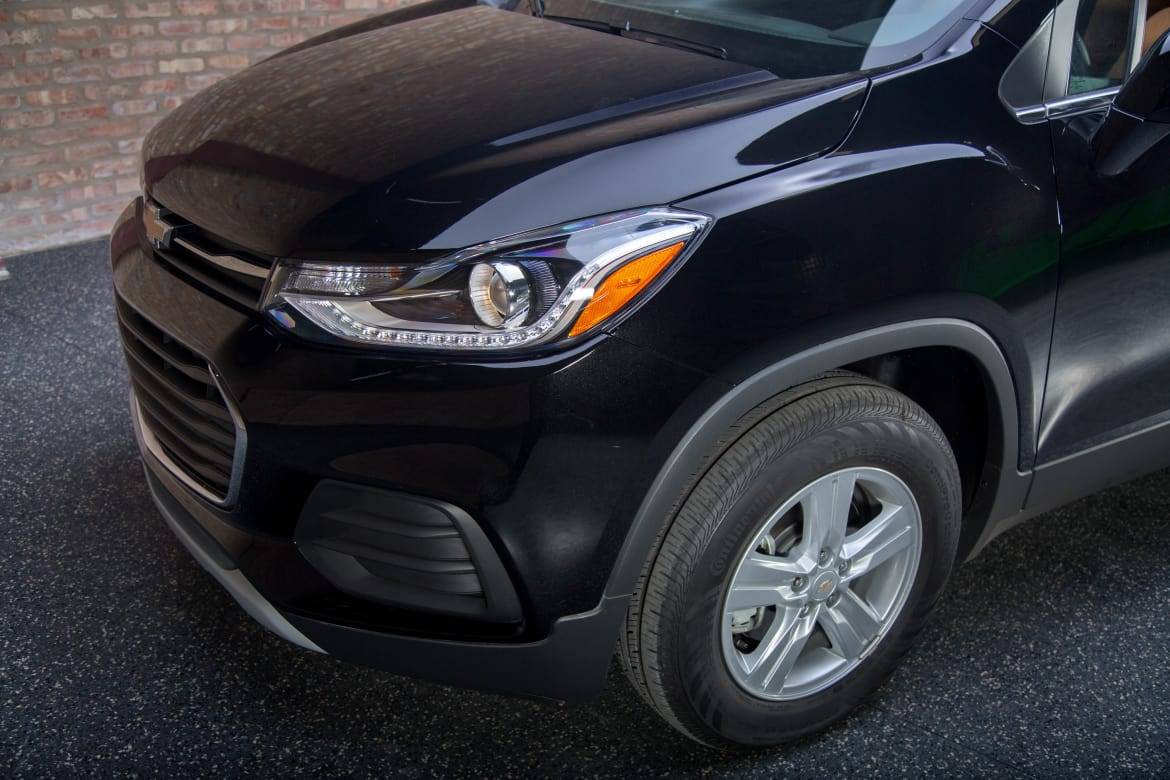
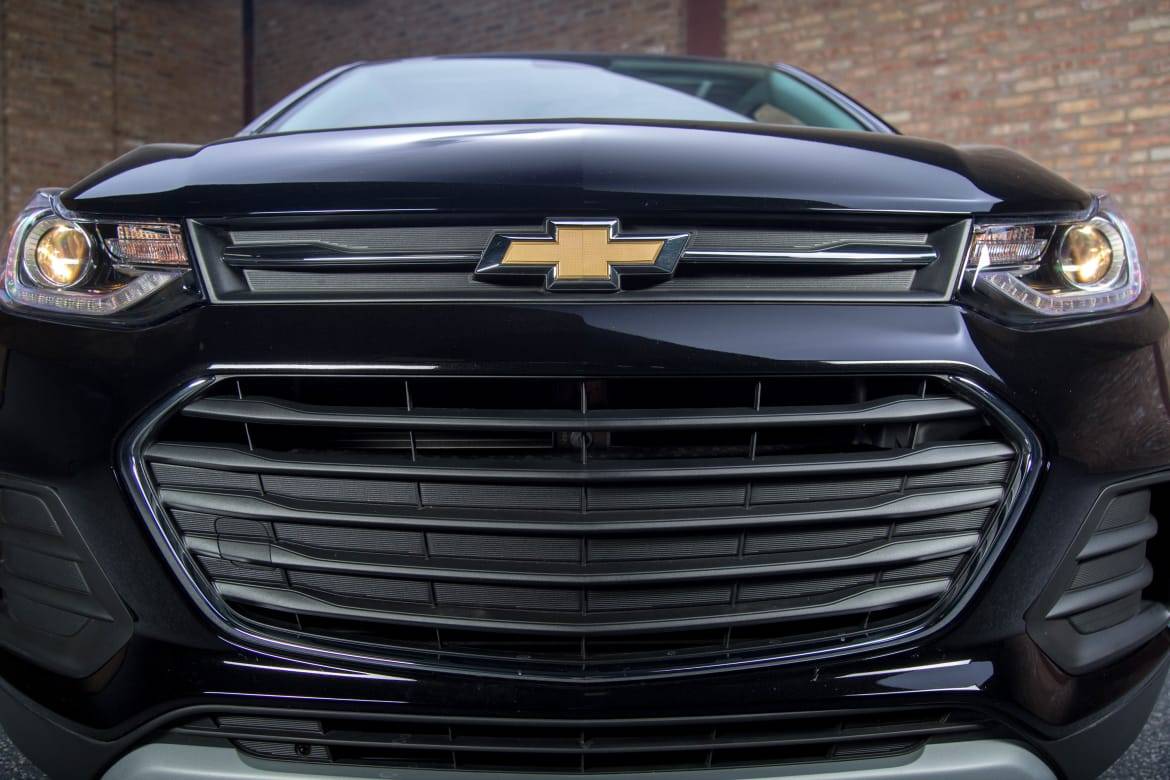
































Managing Editor Joe Bruzek’s 22 years of automotive experience doesn’t count the lifelong obsession that started as a kid admiring his dad’s 1964 Chevrolet Corvette — and continues to this day. Joe’s been an automotive journalist with Cars.com for 16 years, writing shopper-focused car reviews, news and research content. As Managing Editor, one of his favorite areas of focus is helping shoppers understand electric cars and how to determine whether going electric is right for them. In his free time, Joe maintains a love-hate relationship with his 1998 Pontiac Firebird Trans Am that he wishes would fix itself. LinkedIn: https://www.linkedin.com/in/joe-bruzek-2699b41b/
Featured stories



































